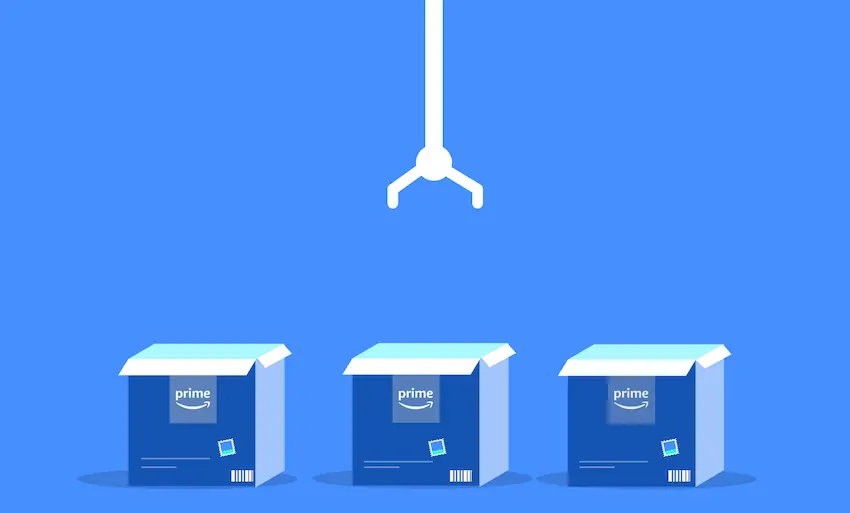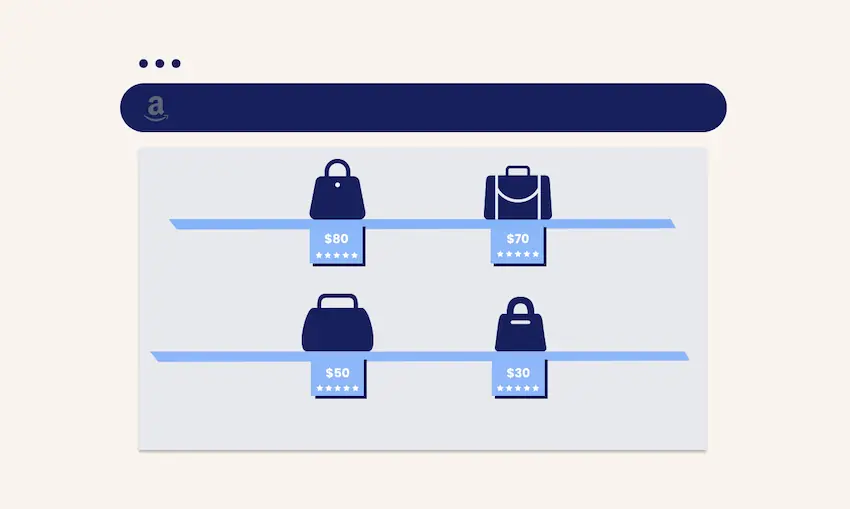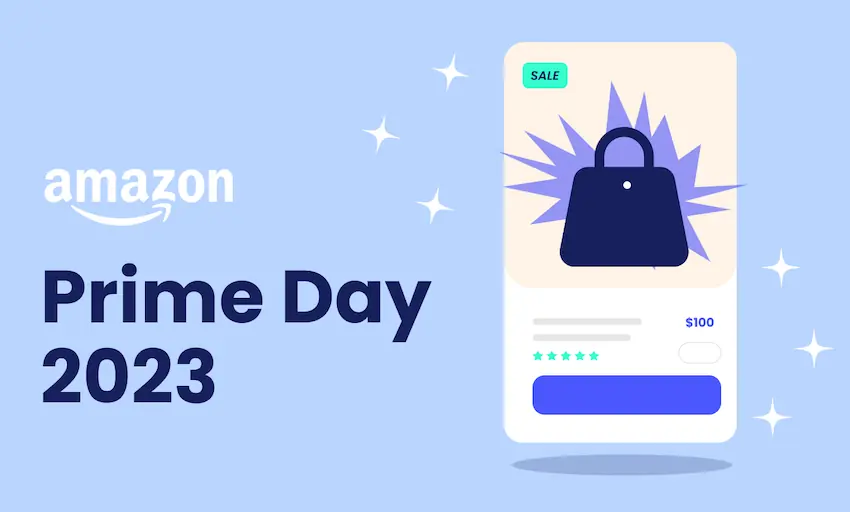Amazon Prime Day 2023 is fast approaching! The massive Amazon sales event will take place on July 11 – 12, so it’s time to finish your last-minute preparations and get ready to sell!
Read on to learn more about Prime Day, its history, how to prepare, and what online sellers can expect from Amazon Prime Day 2023.
What is Amazon Prime Day?
Amazon Prime Day is a 48-hour sales event that occurs exclusively on Amazon. Prime members get significant deals and discounts on a wide variety of products including electronics, fashion, and even music.
Prime Day 2023 is sure to be a huge event. With a recession looming, many consumers are reducing their spending and trying to save money, which puts them on the lookout for good deals. This could drive even more consumers to the special offers of Prime Day.
The history of Prime Day

Amazon Prime Day 2022 Recap
Last year, Prime Day took place on July 12-13. It was the biggest Prime Day in history, with sales reaching $12 million. Amazon additionally held its first ever Prime Early Access Sale in October, 2022, offering deals and discounts similar to those typically found on Prime Day.
Here are some interesting sales statistics to know about last Prime Day.
- The average order size was $52.26, an increase from $44.75 in 2021.
- Electronics items accounted for four out of the top five items sold.
- Consumers purchased less expensive items, with 58% selling for less than $20.
- 96% of Prime Day shoppers were already Amazon Prime members.
- It was a big win for small and medium-sized businesses, with consumers purchasing over 100 million items from small businesses in the three weeks before Prime Day.
How To Prepare For Amazon Prime Day 2023

Despite the fact that Prime Day itself lasts just 48 hours, some deals go live weeks in advance. In addition, brands such as Walmart will likely offer deals of their own in order to compete with Amazon’s shopping event.
The deadlines for Prime Exclusive Top Deals, Lighting Deals, and Best Deals have already past, but there are still some things you can do to make sure your Amazon store is ready for Prime Day. And if you’re worried about running out of stock following the big event, you may want to look into eCommerce funding so you can keep your momentum going.
Here are some additional tips for Amazon sellers to help you prepare for Amazon Prime Day 2023.
1. Set up your Prime Exclusive Discounts and price competitively
Prime Exclusive Discounts are special prices available only to Prime members. They are displayed as a discounted price next to a crossed out regular price, and show consumers how much they are saving thanks to their Prime membership.
On Prime Day, these Prime Exclusive Discounts appear with a “Prime Day Deals” badge. This can draw customers to your page, so it’s a good idea to set up your Prime Exclusive Discounts on time.
In addition to the regular eligibility criteria, products with Prime Exclusive Discounts on Prime Day must meet several additional conditions. In order to qualify, sellers must have a seller feedback rating of at least a four. The discount on each item has to be at least 20% off the regular price, and must be lower by 5% than the lowest price you offered on that product in the last 30 days. The product also needs to be rated at least 3.5 or have no rating at all.
Whether or not you choose to offer Prime Exclusive Discounts on Prime Day, make sure to price your products competitively. Do some research to see how other sellers are pricing similar products, and check out Prime Day sales from previous years.
2. Put thought into choosing your products
Choosing the right products for your Prime Day deals is important to your success, so be mindful when making this decision.
Make sure to choose products that you have in stock, and that you’re least likely to sell out of. While many products will indeed go out of stock on Prime Day, it’s best for your shop if you can sell as much as possible and avoid costly stockouts. This will keep profits rolling in, your customers satisfied, and your shop in good standing.
Since most customers check product reviews before making a purchase, choose products that have plenty of positive customer reviews. Don’t alter reviews in any way though, because that can actually harm sales. Good, honest reviews from real customers give consumers the extra push they need to press that “buy” button.
3. Optimize your listings

Once you’ve chosen your Prime Day products, it’s time to optimize your product listings.
If you want to maximize sales, it’s important for your products to show up on the top of search results. Therefore, put some effort into your SEO and keyword research. Make sure to use keywords in your listings and write for conversion. You want your product descriptions to be specific and informative. There are plenty of resources out there to help you identify keywords to help you rank, such as Ahrefs, Google Keyword Planner, and SEMRush.
Your listings are the face of your brand, so it’s important they look good, too. Choose a product title that includes keywords and will attract attention. Then, optimize your product images. High quality, flattering images are key, since they play an essential role in helping customers make a decision. Include several product images in order to showcase your product thoroughly and accurately. It’s also a good idea to include at least one image of your product in use.
You may want to include an infographic highlighting your product features and benefits, since most consumers don’t read all of the text in your listing. Video can add to your listing as well, and has even been shown to increase the likelihood of a customer purchasing your product.
Consumers have a lot of choices, so your listing should be as well designed and informative as possible. If potential buyers feel that your listing is professional and trustworthy, they’ll be much more likely to choose your product over competitors.
4. Create a dedicated Prime Day page
In order to ensure that your customers find your Amazon Prime Day deals easily and quickly, it’s a good idea to create a Prime Day subcategory page. Put all of your Prime Day deals on this page and use it as your landing page that day.
You can then direct all traffic to your dedicated Prime Day deals page to raise your conversion rate. Potential customers will see all of your sales and discounts in one place, making them more likely to make a purchase.
5. Build awareness and boost visibility through marketing

This is the time to make sure your Prime Day marketing campaigns are ready to go. A well-rounded marketing campaign can truly help you succeed on Prime Day. Budget ahead of time to make sure you have the funds to keep your campaigns going strong throughout Prime Day. Targeted marketing campaigns for the lead-up to Prime Day, the 48 hours of sales, and the lead-out stages are your best bet.
If you don’t already, it’s wise to pay the extra cost for AMS, or Amazon Marketing Services, for Prime Day. Amazon’s specialized marketing tools can help potential customers find your products. Since Amazon Prime Day is exclusively an Amazon event, advertising on the platform is particularly valuable.
Set up your Prime Day marketing campaigns early, and take the time to A/B test them to ensure you’re maximizing your potential return on investment.
Stocking up on inventory and building paid advertising campaigns takes capital. If you’re looking for eCommerce financing solutions to help you succeed during Amazon Prime Day 2023, check out 8fig’s fast and flexible Growth Plans. 8fig is a funding platform designed just for eCommerce sellers. We offer eCommerce sellers continuous, unlimited capital infused into your business at every stage of your supply chain.
Sign up for a Growth Plan from 8fig today and find out how we can help you reach your full sales potential.
to our blog
Read the latest
from 8fig

From AI-powered styling to virtual try-ons, learn about the innovations transforming the fashion industry and enhancing the shopping experience.

Explore the pros and cons of lump sum loans vs. just-in-time funding, and discover why JIT funding could be the game-changer your eCommerce business needs.
![BFCM: The ultimate guide to eCommerce sales [2024]](https://www.8fig.co/wp-content/uploads/2023/09/cover-2-768x432.jpg.webp)
Get ready for Black Friday and Cyber Monday with our guide on maximizing sales through smart inventory management, effective marketing strategies, and leveraging eCommerce financing.
